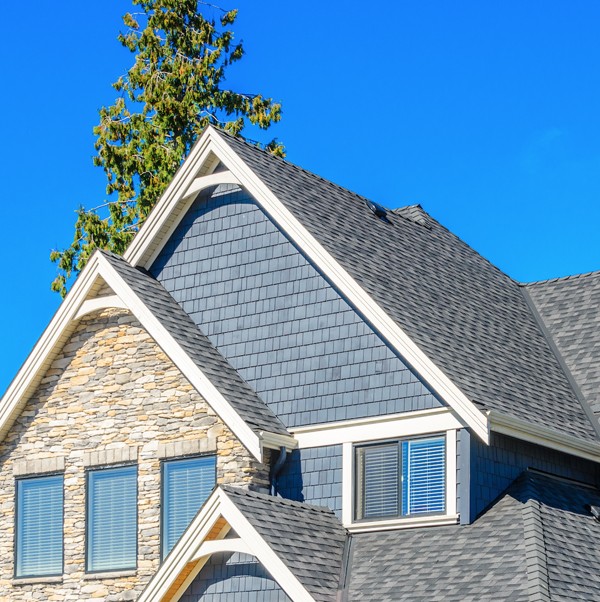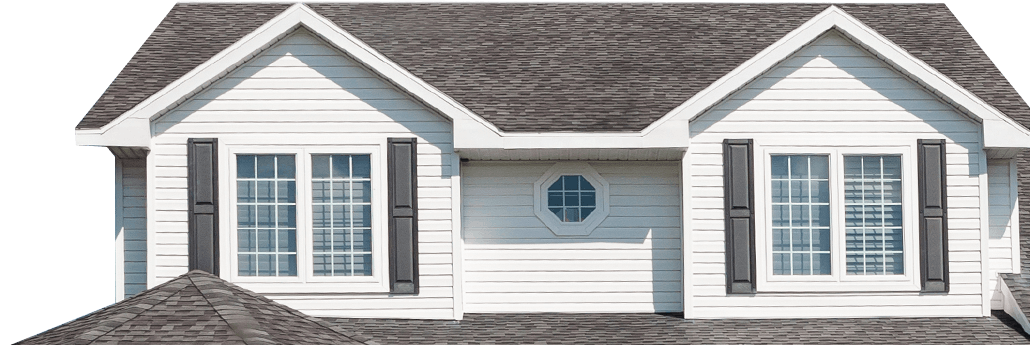Ohio’s Exterior Remodeling Leader Since 1950 Serving Euclid, Cleveland, and Surrounding Areas
Ken’s Parkhill Roofing has been Euclid, Ohio’s trusted choice for expert roofing and exterior remodeling since the 1950s. Our family-owned and operated team delivers reliable, high-quality solutions for homes and businesses across the greater Cleveland area. Experience craftsmanship you can count on – get your free quote today!












